How Should I Direct My Models?
Well, this is exciting! The first of many posts dedicated to helping fellow photographers learn and grow their businesses! This is something I've considered doing for a couple of months now, and after asking a few of you over on social media, I decided that it was definitely the right thing to do. I'll be covering anything and everything that I can, but most of all, whatever you would all like to know. So if you have any topics you'd like to me cover, anything you'd like to me share, please let me know. These will also vary between blog post form and video, and sometimes a combination of the two... and I'm excited about it! So enough of me rambling, let's get to it.
Posing! This has to be one of the hardest parts of being a photographer. I don't think I've ever come across a single photographer who says: "Posing, I love it! I find it so easy to get my models to understand what I want them to do!" It's certainly an area that I find difficult, but after quite a few years of practice, I've picked up a few tricks which I think will help you to direct and get those poses that you're after.
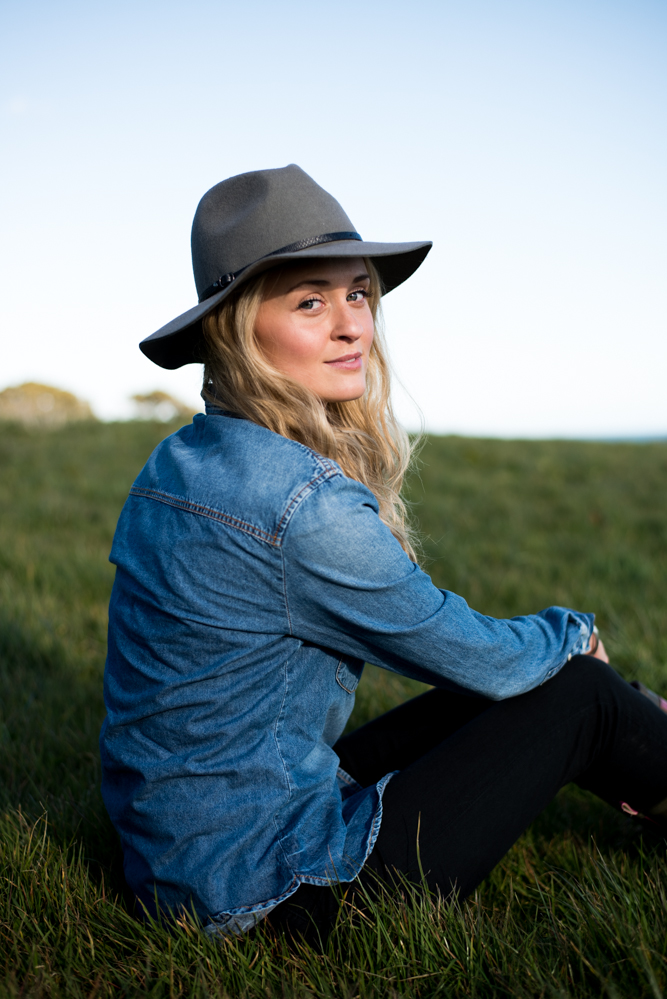
Study: First up, like with anything, comes the study. You can't really expect to walk into a photoshoot and have never studied a single image in your life. It's natural, and you need to spend time looking at what other photographers have done to get an idea of a) what kind of poses you like, and b) what are they actually doing? Take a couple of hours to really look through the work of your favourite photographers and study what they've got their models/subjects doing. Are they looking really natural? Do they even look like they're posing? Or are they quirky and looking really different? Are they moving? Take the elements that you like, take note, and try to add a bit of that into your next shoot.
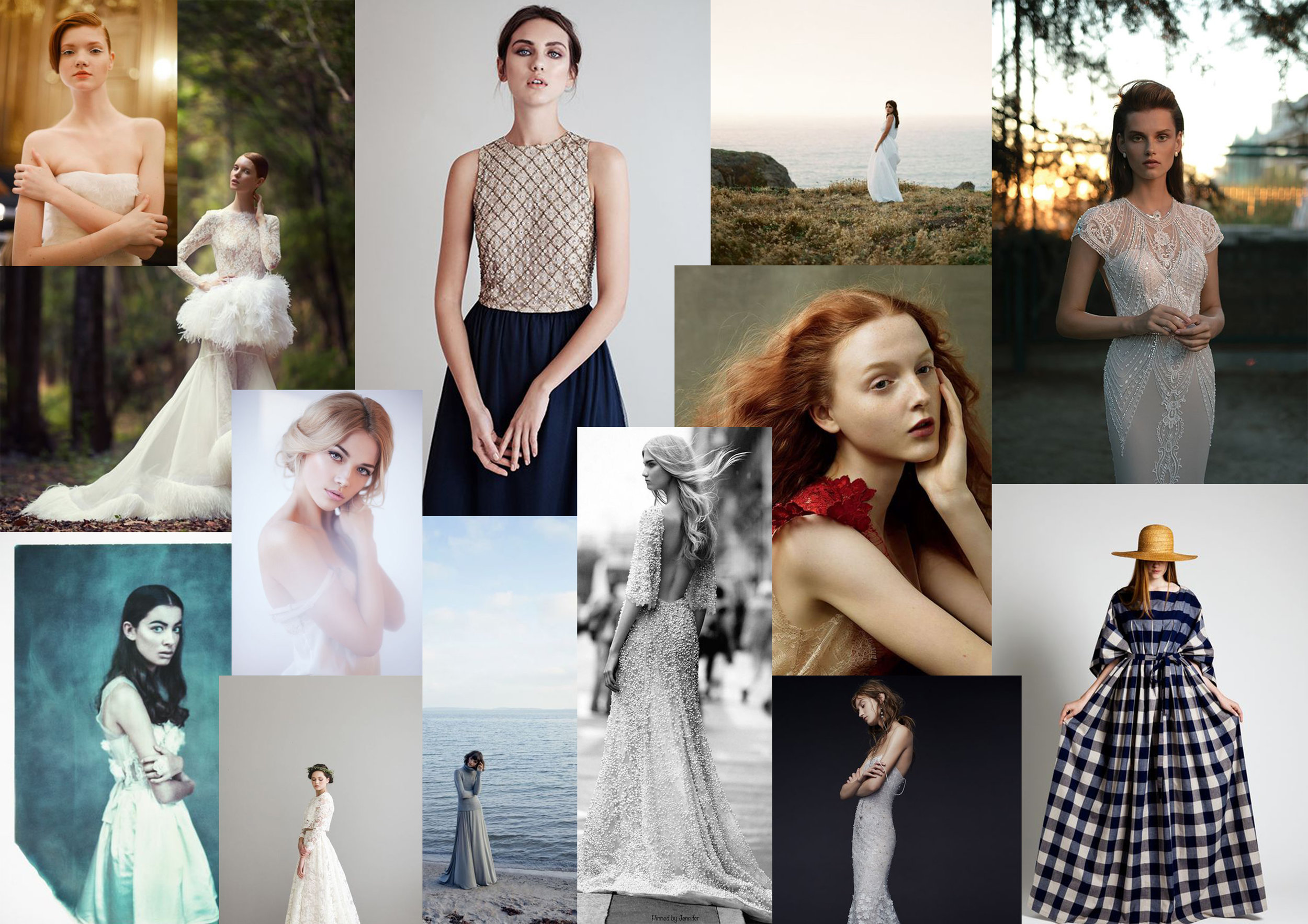
Bring Examples With You: Have you ever tried to explain to a model/subject what you want them to do with words? Most of the time it results in "Can you please put your left hand, on your right leg, with your right foot, over your left ankle, and your head tilted to the back." Sounds confusing, right?... That's because it is. So what I've started to do is bring visual queues to my shoots. This is generally a mood board dedicated to poses that I like, and think fit the mood of a shoot. I'll show the images to my model, couple, or bride and it gives them a really good idea of what I'm looking before because they can ACTUALLY SEE IT. Once they've got that visual queue, they'll be able to take it from there, and alter and change the pose slightly each time, thanks to your direction. My favourite place to find inspiration and examples? Pinterest (check mine out for more examples)!
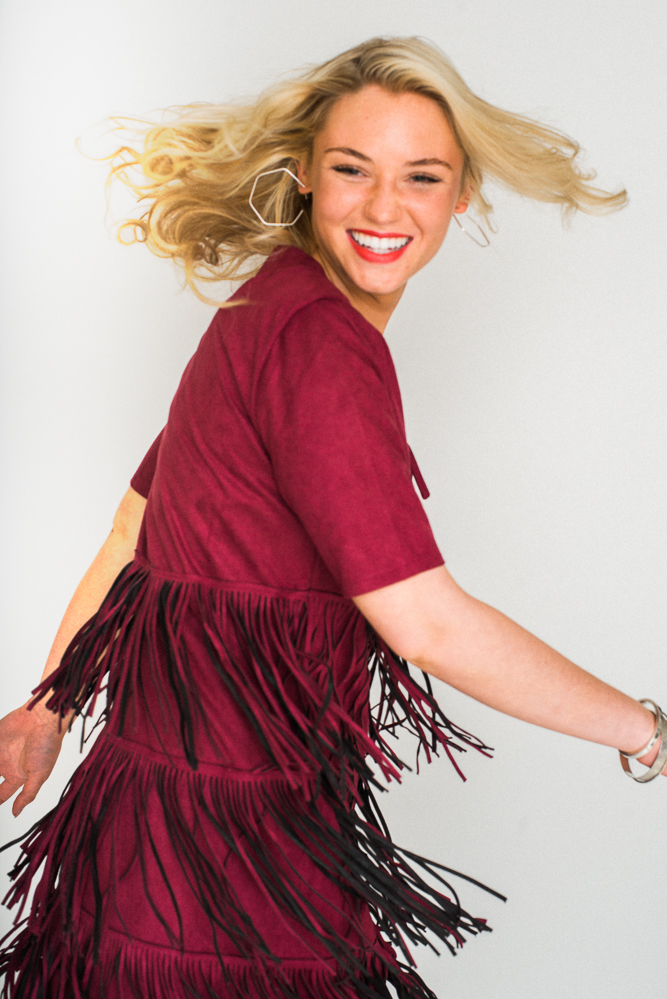
Play Music: Seems like a weird one, but music makes SUCH an impact on the mood of a room. I learnt this off Ben Sasso (If you're looking for more photography education, check him out, he's amazing!) If you're looking for high energy, play fast paced music. If you're looking for a softer, more mellow mood to your image, play slow, mellow music. Your subject will naturally reflect what they're hearing in their body language. This works so well for me, that I'm actually going to invest in a tiny portable speaker that I can carry around with me and play on location!
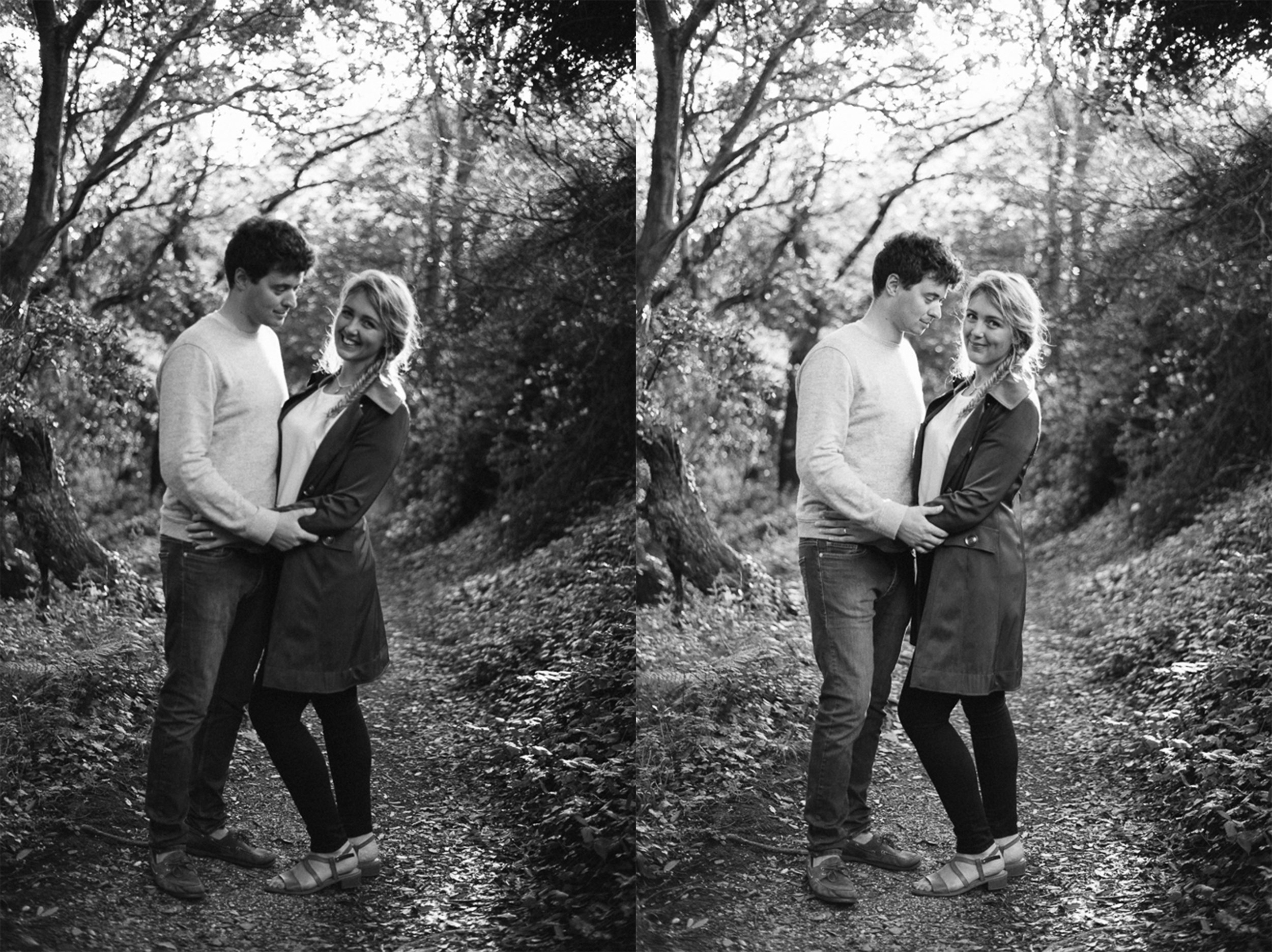
Tell Them About Little Movements: Have you ever come home from a shoot, and realised that you have about 20 images of the same pose over and over? That's most likely because you forgot to tell your model/subject the simplest thing: That each time the shutter get's pressed, if they move even an inch, it will create a different image. This is probably the biggest, and easiest tip out there, but your subject barely needs to move, and they'll look different in the images. So make sure to tell them not to sit perfectly still, and that they should try to stay fluid and move with each shot. Not every shot will work, and not every pose will look good, but that's the beauty of digital photography, you can just delete the images which haven't worked out. (Side note - I'm assuming you're shooting digital here. If you're shooting on film, you'll want to take your time with poses. Ask your model to move, look through the viewfinder, and ask them to pause when you see the pose you want!)
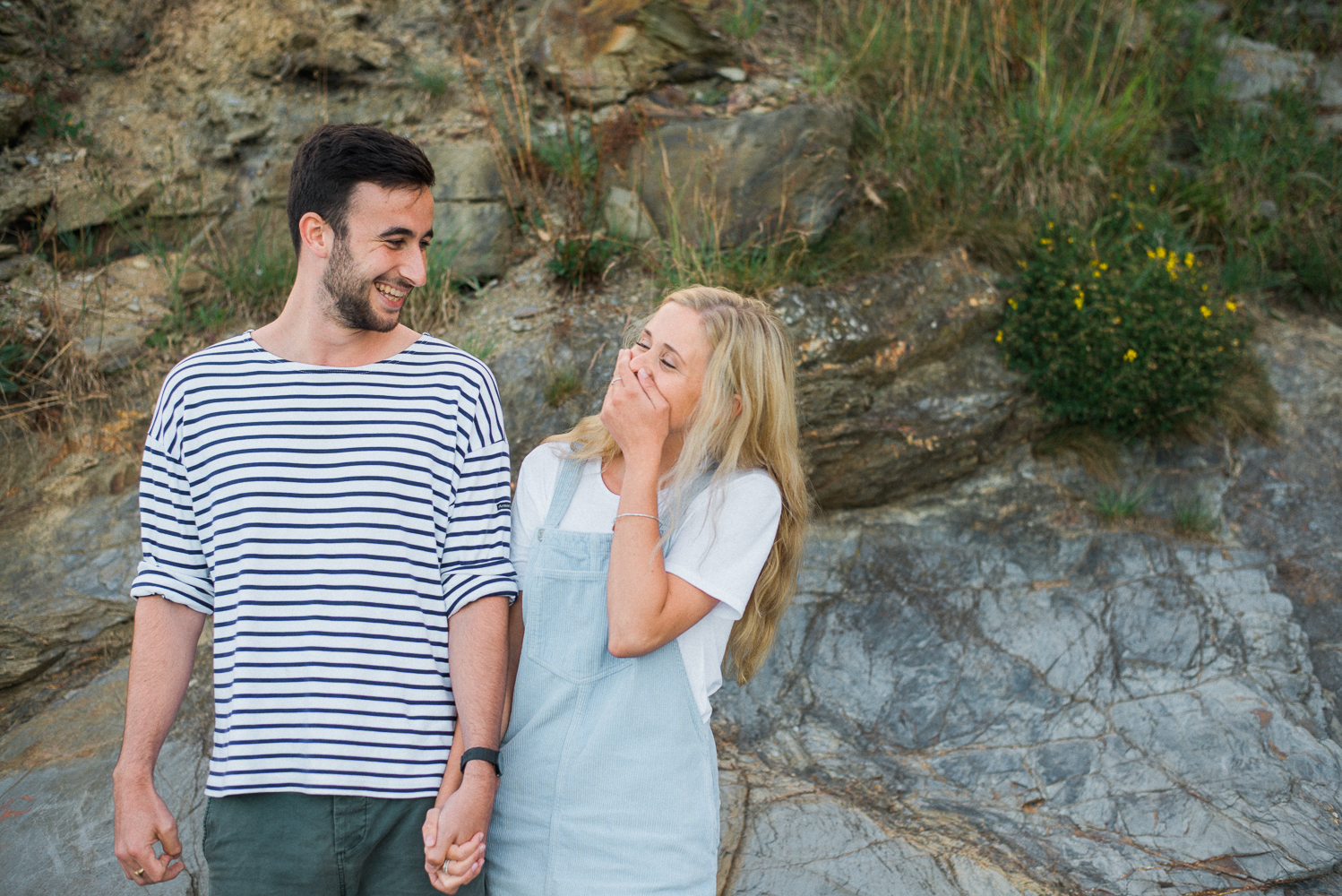
Capture the In-between Moments: Some of my favourite images are when the model and subject forget I'm there, or aren't focused on me. Maybe she's in the middle of looking at something, or maybe she's chatting to our make up artist, or maybe someone made her laugh, but those in between moments can be absolute gold, so don't be afraid to keep shooting!
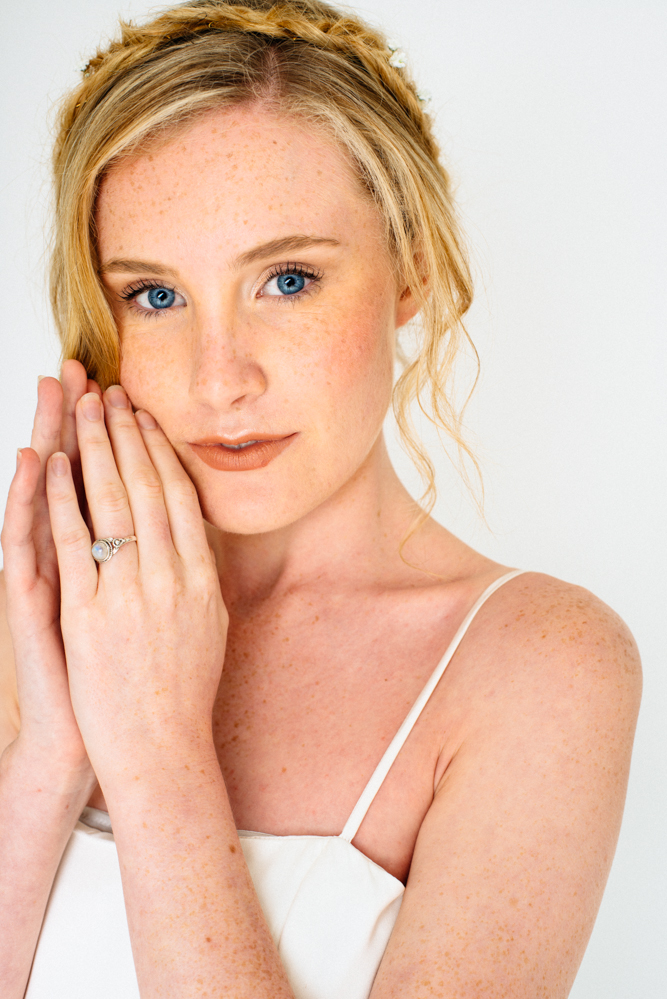
Watch the Hands: Hands! Oh how pesky you can be. Hands can be either incredibly graceful, or incredibly claw like. Lara Jade, a wonderful fashion photographer, likes to tell her models to think of themselves as having ballet hands. This is a trick I used ever since I heard her talk about it, and it's worked so well. Essentially, you want your model to always have beautiful, soft, delicate hands. No grabbing of clothes, and no holding onto flesh tightly. If they've got their hand up to their face, it should simply be places there gently and effortlessly. On the other hand (pun intended!) let's say you're doing a couple shoot and they naturally cling onto one another; let that go. The aim for each shoot and how you direct them will vary. For fashion and editorial work: think soft. For couples and brides: let them do their thing, with a bit of direction here and there, if they look for it.
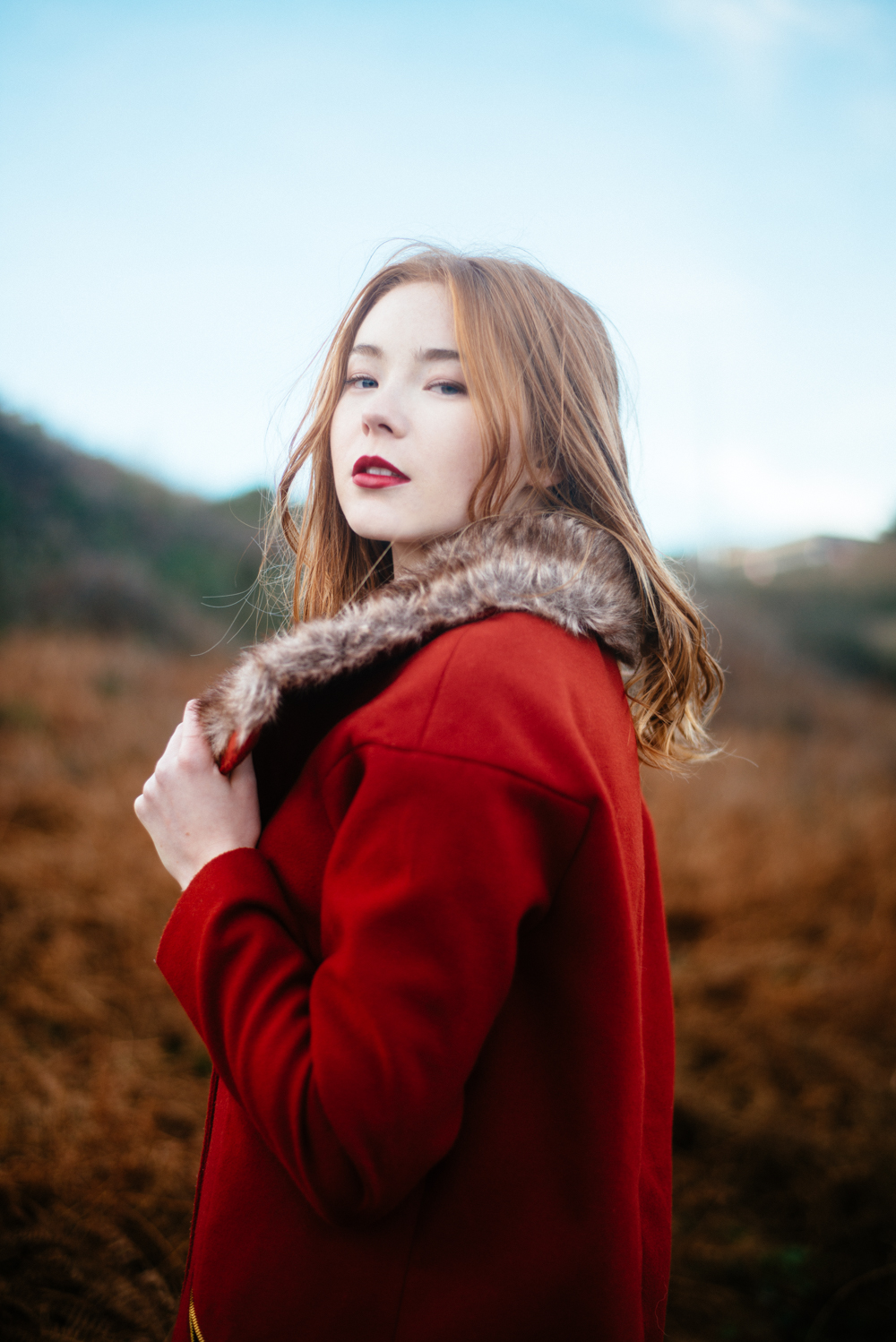
Smile and Encourage: This sounds so obvious, but smile and be encouraging. Tell your model/subject that they're doing an amazing job. Tell them when they look great, and when you love a pose that they're doing. Encouragement will only make them feel better about what they're doing, and keep them going in that direction. If you don't like something, don't tell them, take a few shots (remember, it's the benefits of digital - you can just delete them later!) and after that simply say something like: "Hey, ok, why don't we try this now!" and move them into a new pose. Easy!
So there you go, I hope those tips help. I'm always learning new ways to help direct my models as well, so if you have any special tips, please feel free to share them in the comment section below. The more we all help each other out, the better.


